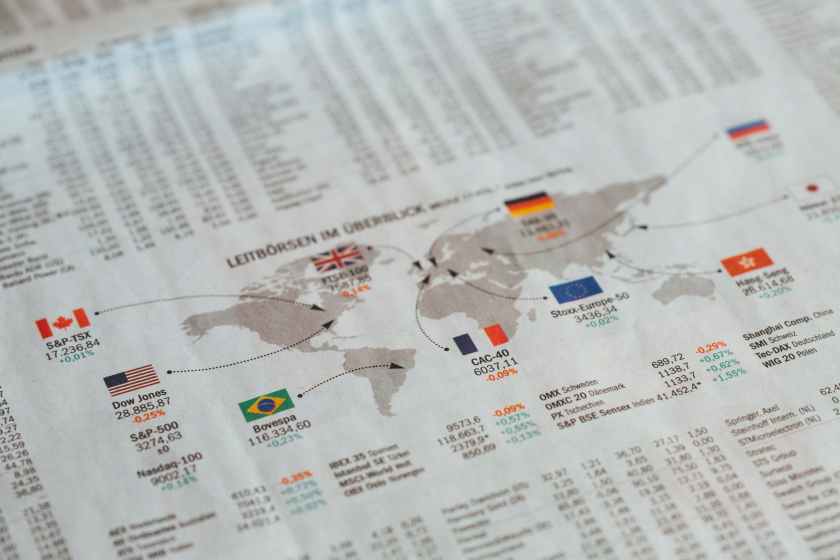Whether it’s as a safe haven asset or a way to obtain yield in the current market, international bonds can offer fixed income investors an alternate way to diversify their bond portfolios.
Aggressive rate-hiking by the U.S. Federal Reserve could push central banks around the globe to mimic the tightening amid rising inflation. Of course, too much rate hiking is causing investors to fear that rising interest rates could push the U.S. economy and other economies around the globe into a recession.
“The bond market is grappling with the idea that central banks are hiking rates into a pretty sharp slowdown,” said Peter Goves, a fixed income analyst at MFS Investment Management, in a Financial Times article. “The growth concerns have been around for a while, but they’ve suddenly moved into focus.”
“Central bankers have been much more focused on inflation recently — and rightly so,” Groves added further. “But they have to thread that needle of tightening without undermining demand too significantly.”
Recession fears, however, could be pushing more investors back into the safe confines of bonds. As mentioned, getting international bond exposure can also help with the diversification aspect of a bond portfolio.
At a 0.07% expense ratio, investors looking for a low-cost solution to bond diversification can consider the Vanguard Total International Bond Index Fund ETF Shares (BNDX A-). As of June 23, the fund offers a 30-day SEC yield of about 2% with an average debt duration of eight years.
No products found.
BNDX seeks to track the performance of a benchmark index that measures the investment return of non-U.S. dollar-denominated investment-grade bonds. International bonds can provide a diversification tool for fixed income investors looking to supplement their current core portfolios.
The ETF employs an indexing investment approach designed to track the performance of the Bloomberg Global Aggregate ex-USD Float Adjusted RIC Capped Index (USD Hedged), which provides a broad-based measure of the global, investment-grade, fixed-rate debt markets.
Close to 70% of the fund, once again as of June 23, is positioned to limit credit risk with holdings having a debt rating of A or better. That’s helped by the fund only limiting exposure to emerging markets, which typically have the riskiest debt, to 6% of the fund.
Product summary as shown on website:
- Seeks to track the performance of the Bloomberg Global Aggregate ex-USD Float Adjusted RIC Capped Index (USD Hedged).
- Employs hedging strategies that seek to mitigate uncertainty in exchange rates.
- Is passively managed, using index sampling.
- Remains fully invested.
- Offers broad exposure across major bond markets outside of the United States.
- Minimizes net tracking error with low expenses.
No products found.
For more news, information, and strategy, visit the Fixed Income Channel.

